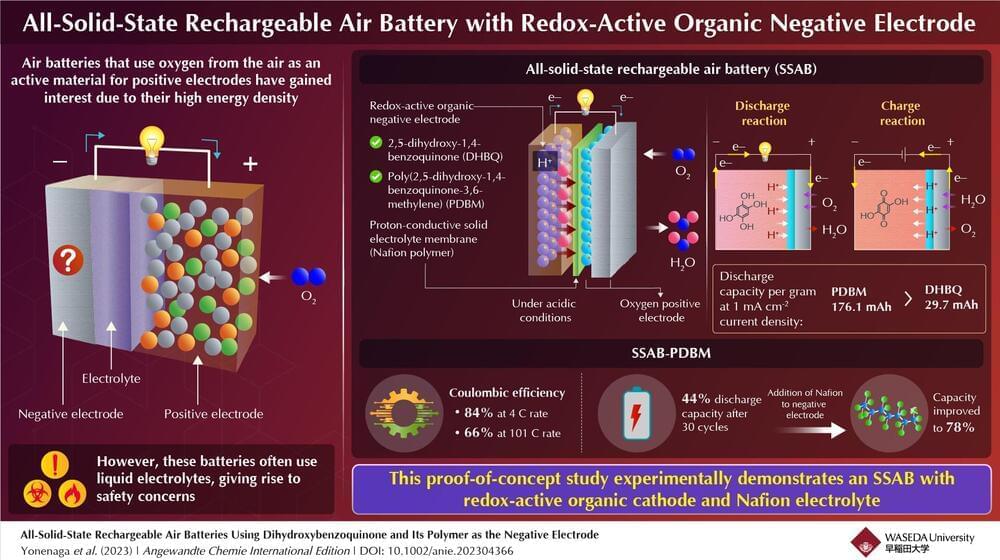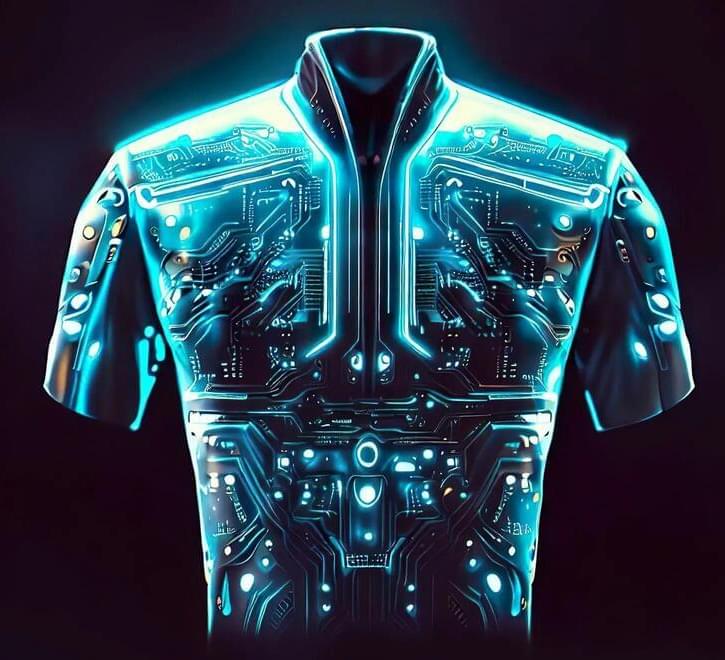A new high-performance metal alloy, called a superalloy, could help boost the efficiency of the turbines used in power plants and the aerospace and automotive industries.
Created using a 3D printer, the superalloy is composed of a blend of six elements that altogether form a material that’s both lighter and stronger than the standard materials used in conventional turbine machinery. The strong superalloy could help industries cut both costs and carbon emissions — if the approach can be successfully scaled up.
The challenge: In the world of materials science, the search for new metal alloys has been heating up in recent years. For over a century, we’ve depended on relatively simple alloys like steel, composed of 98% iron, to form the backbone of our manufacturing and construction industries. But today’s challenges demand more: alloys that can withstand higher temperatures and remain strong under stress, yet still be lightweight.








